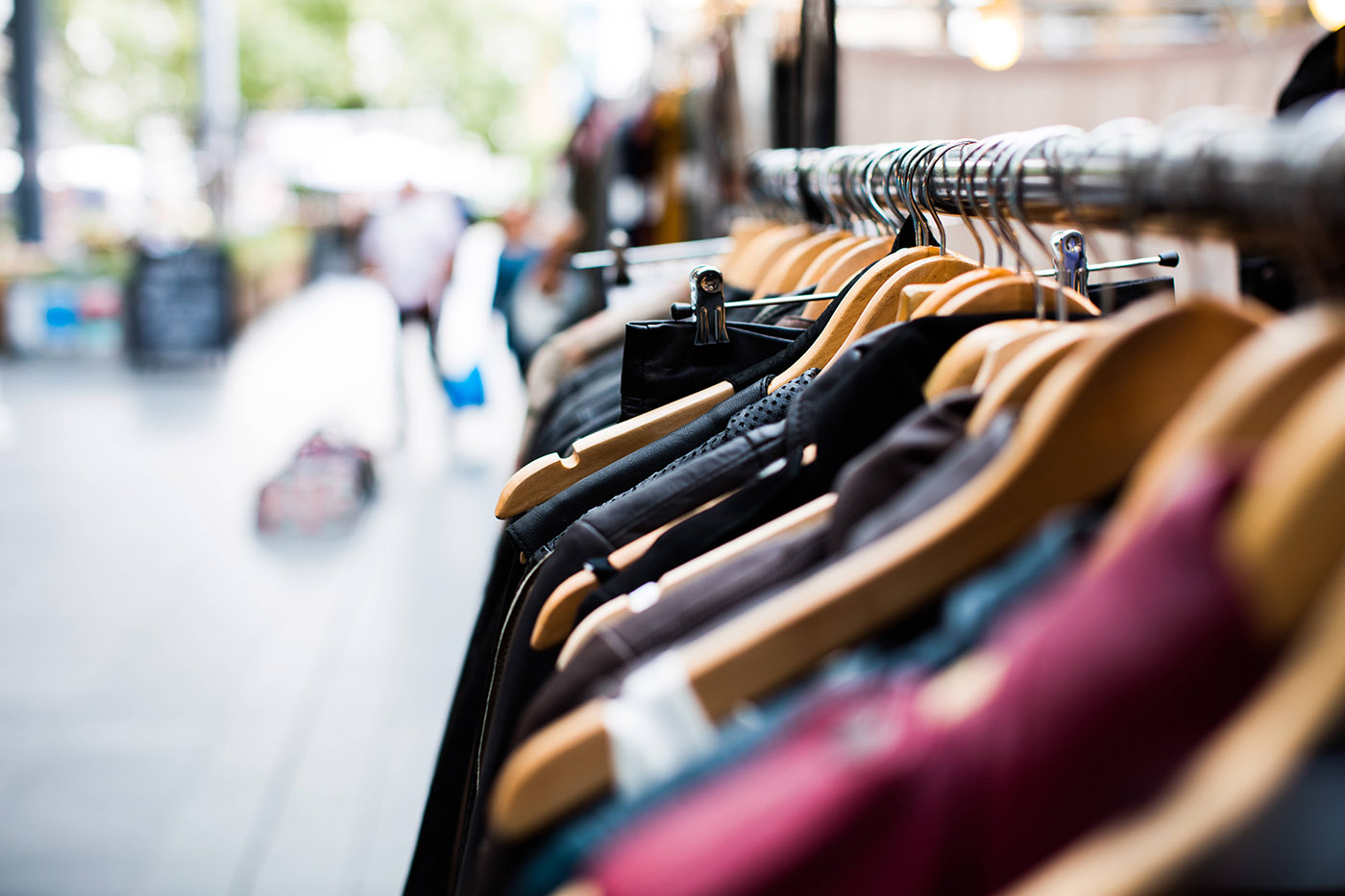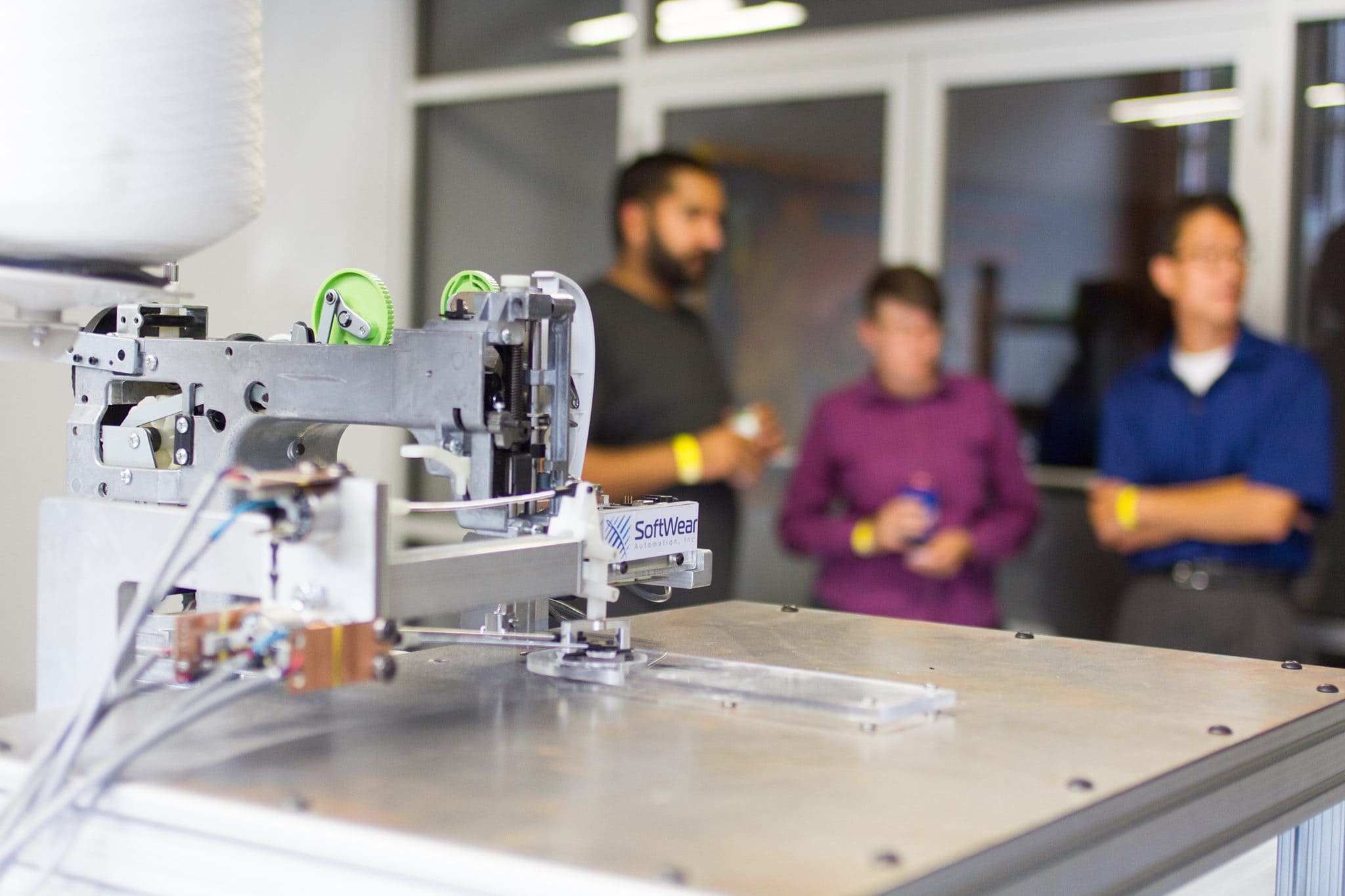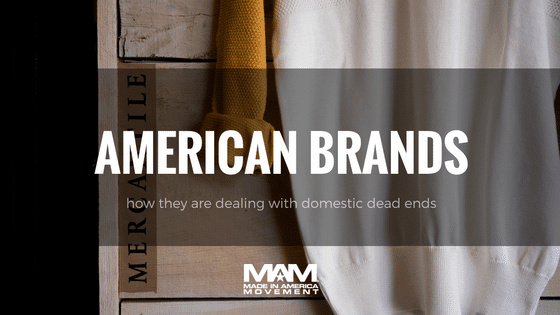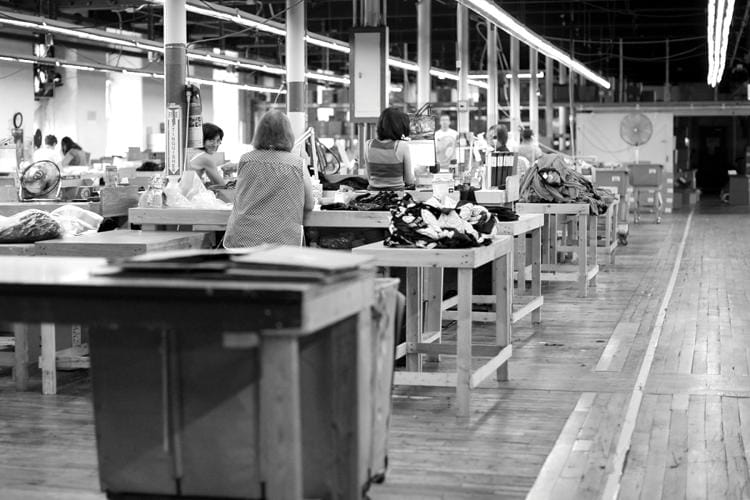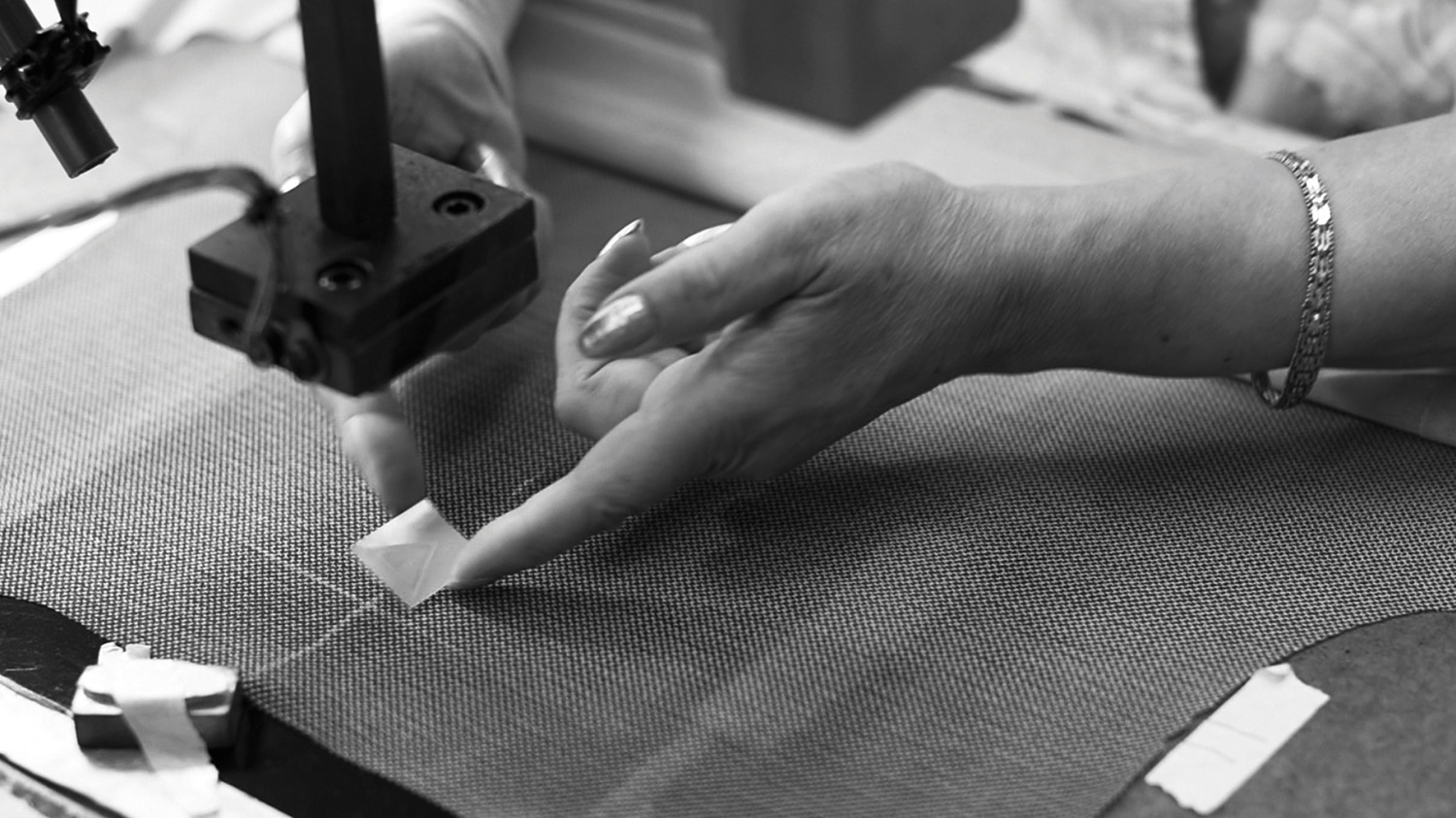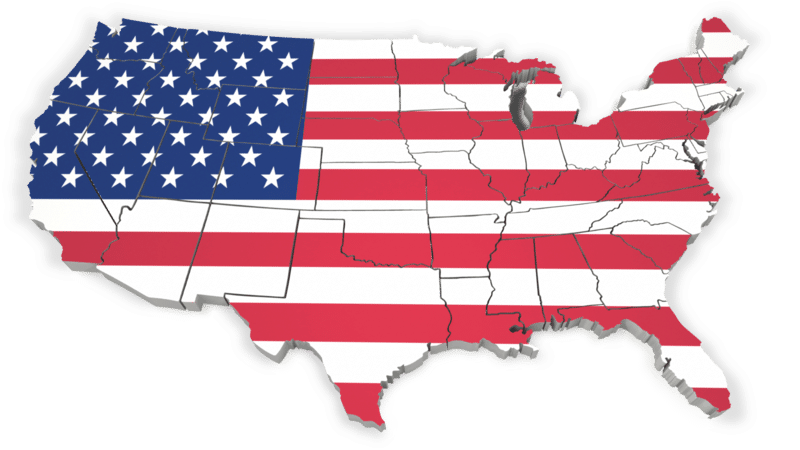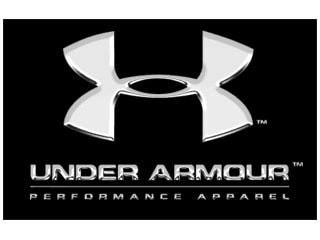Have you ever considered where your clothes come from? No, not the brand name, but the workers who stitched together your outfit at a tremendously small wage. Fast fashion brands like H&M, Nordstrom, GAP, and Forever 21 depend on vastly underpaid workers (as little as $4/hour) to make clothing at alarming rates to meet consumer demand.
Softwear Automation, in collaboration with Georgia Tech, continues to work on technology that will allow robots, referred to as sewbots, to manipulate fabrics through traditional sewing machines to create clothing. Read more
With a brand new year, full of hope and promises (right?), comes a brand new opportunity for everyone (you too!) to start shopping better. Read more
Brands and retailers who proudly declare they’re “made in the USA” have serious challenges brimming beneath their patriotic polish. Read more
Scranton, PA – June 1, 2016 — The Made in America Movement announce their first Summer Essentials Guide filled with Made in USA merchandise. Shoppers will find a wide selection of Made in USA gifts at varying affordable price points. It’s time to vote with your wallet. Buy American made. Read more
Startups are returning to American factories, and it’s no longer (just) about patriotism or marketing. These brands want to create the best, most innovative clothes in the world. Read more
At the swanky Prudential Center in the heart of Boston’s shopping district, the Yogasmoga boutique stands out for its sparse, minimalist aesthetic. At the entrance, there is a large white orchid on a table surrounded by neatly folded tank tops and yoga pants known for their high-tech fabrics. Soothing, Eastern-inspired music is piped in, giving the space a peaceful ambiance. Read more
Made in the USA & apparel reshoring is a hot topic in the apparel industry these days. Corporate America is definitely interested- we need to look no further than Walmart’s American Manufacturing Commitment to buy an additional $250 billion dollars of goods made in America over the next 10 years to see evidence of that. Read more
Is Under Armour Made in the USA a possibility? Apparently, yes! Read more
Decline of U.S. Apparel Manufacturing
By 2007, 95% of apparel bought in the U.S. is imported from abroad. It’s primarily a combination of political, economical, and social factors with lower prices as a major driving force. Apparel manufacturing rose shortly after World War II when retailers met the demand from an increasingly affluent American population with the same mass production processes used to make military uniforms for the war.
When Japan and Asian countries came into the picture offering a competitive advantage of cheap labor on mass-produced apparel, the industry started to decline. By the 50s and the 60s, mass retailers were highly dependent on Asian labor to produce clothing designed in the U.S. By the mid-1980s, bulk of American apparel production has been moved overseas.
An economic downturn in the 70s, the emergence of branded labels that sourced from foreign contractors, and a demand for synthetic fibers readily available from Asia eventually led to the almost complete disappearance of clothes Made in U.S.A. In 2005, apparel imports from China rose to almost 100% after import restrictions on textiles and apparel expired in 2004.
Stamping the ‘Made in USA’ Quality
Despite the market’s heavy reliance on mass-produced clothes, there have been calls to improve quality and to bring back manufacturing in our own backyard. The textile and apparel sector is also at the forefront of the current administration’s National Export Initiative aimed at doubling U.S. exports by 2014. At present, the industry directly supports 400,000 jobs and the ‘Made in America’ initiative is designed to promote even more.
In August, L.A. Mayor Antonio Villaraigosa announced the first ever ‘Made in L.A.’ Pavilion at the Sourcing at MAGIC tradeshow, held in Las Vegas in the same month. The announcement came alongside a string of initiatives aimed at promoting L.A. as a major garment and apparel center in the global market; one of which was a city-wide ‘Made in L.A.’ logo design contest.
The Sourcing in the Americas Pavilion was also featured for the second time at the largest apparel sourcing tradeshow in North America. ‘Made in the Americas’ was the central theme of key discussions of the Sourcing at MAGIC’s lineup of seminars.
“Building on the huge success we had last year, we felt it critical to return with another Americas Pavilion and Summit to highlight Made in America products. As the largest textile and apparel event of its kind, this forum provides American businesses with a unique opportunity to highlight Made in America products to a global audience,” Commerce Under-Secretary for International Trade Francisco Sánchez announced then.
In the upcoming edition of Sourcing at MAGIC to be held in February next year, the ‘Made in L.A.’ Pavilion will yet again be highlighted. It will capitalize on a bigger-than-ever demand for Made in U.S.A. products and offer countless opportunities for local manufacturers to promote the quality of homemade garments and to come face to face with thousands of attendees, major retailers, and top design companies in L.A.
Currently, the Department of Commerce is also working with Los Angeles in developing an online registry that will make it easier to look for apparel, textile, and footwear manufacturers in the U.S. While sourcing from abroad is not likely to end anytime soon, this and all other government initiatives will hopefully be the start of an increased global awareness and recognition of American competitiveness in the clothing and apparel sector.
In light of a recent study which showed that three in four Americans believe that buying local is important – even if it costs a bit more – it could certainly be said that America is on the right track.
INQUIRIES
Media: PR Department
Partnership: Marketing
Information: Customer Service

